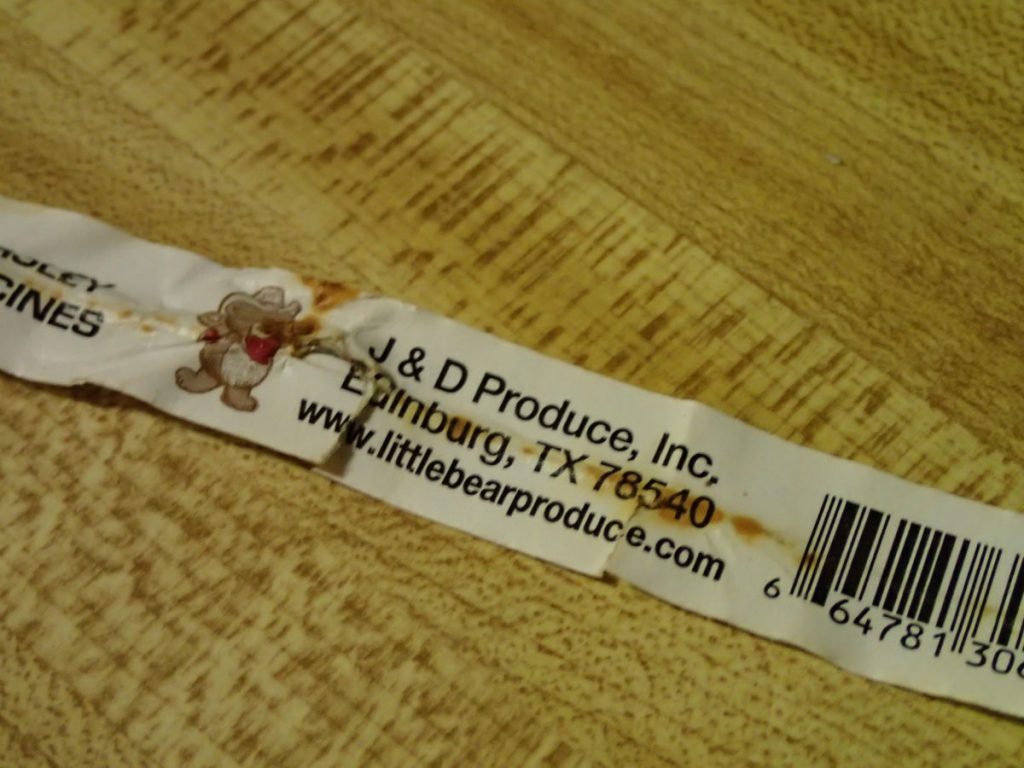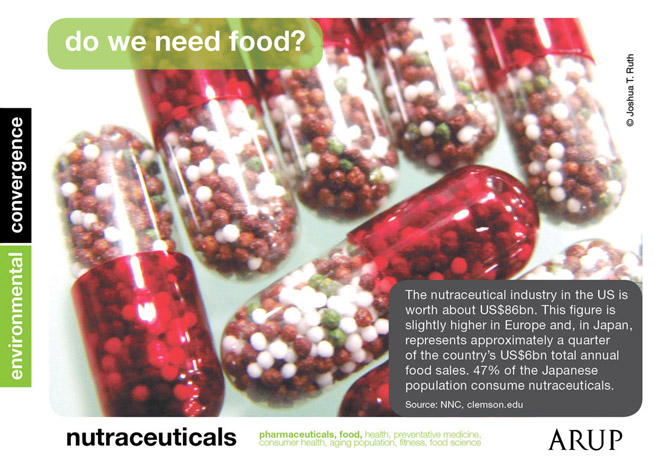The Roots of Our Food
So this post began as a dinner experiment. Looking through my refrigerator, I decided I wanted to make a meal centered around root vegetables, since I had a variety sitting around–Idaho and Asian potatoes, parsley root and carrots. So I cubed these up and threw them into a steamer. I also added some broccoli for kicks. Along with this I cooked up a side of turmeric and cumin rice. Finally I flash steamed a bunch of kale, and tossed this with fresh chopped dill and a squeezed lime’s worth of juice, to add for a little extra zing to the dill and kale. That was the food part, the first half of the adventure.
Somewhere in the middle of washing and cutting the root parsley, a wire and paper tie around the bundle of roots caught my eye–and I took a closer look. That’s where the second part of this story was born, and inspired this post reflecting on relationships to food in an urban metropolis like New York City.
 So this story begins with this little produce tag from a company called J&D Produce, based in Edinburg, Texas. After a little digging, I found out that J&D Produce is a family affair. Jimmy and Diane Bassetti are the “J” and “D” of J&D Produce, with Jimmy’s father apparently being “The Bear” who the nickname and logo came from. As it turns out, elder Bassetti was apparently a produce broker from Vineland, New Jersey, and as their history page tells it, the business really started thanks to a little help from Mother Nature:
So this story begins with this little produce tag from a company called J&D Produce, based in Edinburg, Texas. After a little digging, I found out that J&D Produce is a family affair. Jimmy and Diane Bassetti are the “J” and “D” of J&D Produce, with Jimmy’s father apparently being “The Bear” who the nickname and logo came from. As it turns out, elder Bassetti was apparently a produce broker from Vineland, New Jersey, and as their history page tells it, the business really started thanks to a little help from Mother Nature:
IT WAS A DARK AND STORMY NIGHT . . .
. . . And sheets of rain were ripping across the Eastern seaboard, making a wreck of the produce fields and playing havoc with grocery shelves and dinner tables from New York to Canada. But it was also during this storm, in the early 1980s, that the seeds of J&D Produce were planted.
As I traced by little bunch of root parsley from a local grocery here in Brooklyn all the way down to Edinburg, Texas, I soon found myself back close to home in tracing their origin story. So based on that little tag, I now knew who distributed the produce. And by looking at the PLU number on the tag (4671), I can tell it is a conventional-grown root parsley Petroselinum crispum of the Hamburg cultivar variety, which has its own interesting history you can read about about here. According to the tag these were grown in Texas, rather than northern Mexico, where J&D also has fields under cultivation. Unfortunately I had no luck with details from the other product bar code, so I can’t tell much else beyond that. According to their page on root parsley, these have about 60 calories per serving, with 14 grams of of carbohydrate, 1 g of sugar, 2 g of protein, and lots of vitamins, like A (178%), C (200%), and a few other trace minerals like iron (20%), and calcium (17%), all based on the 2,000 calorie RDA guidelines. They don’t specifically mention it, but parsley also has all sorts of other health benefits.
But what really sparked this post is that in the process of reading about J&D, I ran across their page on crop science, and the work their scientists are doing to improve crop yields and varietals, and in particular a new concept–at least the terminology–of functional foods and nutraceuticals. Nutraceuticals, what the heck is that, I wondered–sounds pretty ominous. Even my spell checker was bothered by the word!
 As it turns out, there is a fairly recent but detailed history of nutraceuticals, which I already knew, by under the title of “fortified foods.” We all know this stuff, just under different names: Orange juice with added vitamin C. Salt with iodine. Milk with Vitamin D. Gatorade. There are even entire research centers, like the Richardson Centre at the University of Manitoba, who focus on this. The Canadian government even provides a handy definition of both terms:
As it turns out, there is a fairly recent but detailed history of nutraceuticals, which I already knew, by under the title of “fortified foods.” We all know this stuff, just under different names: Orange juice with added vitamin C. Salt with iodine. Milk with Vitamin D. Gatorade. There are even entire research centers, like the Richardson Centre at the University of Manitoba, who focus on this. The Canadian government even provides a handy definition of both terms:
A functional food is similar in appearance to, or may be, a conventional food that is consumed as part of a usual diet, and is demonstrated to have physiological benefits and/or reduce the risk of chronic disease beyond basic nutritional functions, i.e. they contain bioactive compound.
A nutraceutical is a product isolated or purified from foods that is generally sold in medicinal forms not usually associated with foods. A nutraceutical is demonstrated to have a physiological benefit or provide protection against chronic disease.
So for example, the science page of J&D Produce cites a 1999 study published in the Journal of the National Cancer Institute titled “Purple Carrots, Margarine Laced With Wood Pulp? Nutraceuticals Move Into the Supermarket” [link] which argues for nutraceuticals like this:
“An aging population, rising health care costs, and rapid advances in science and technology are fueling a revolution in food — from its traditional role for survival and enjoyment to a new status: food as medicine.
The food industry is pouring millions of dollars into this transformation. Whether consumers will snap up these functional foods or “nutraceuticals” is unclear. But if the health claims prove true and the food is tasty, the likelihood is that they will.”
Of course, someone should remind the author that food has always been medicine, but thanks to the post WWII agro-chemical industry, most people in the West have forgotten that basic fact. It’s a different story in the rest of the world, where plant medicine is still central to daily life. But not everyone is on the “let’s engineer everything with science” bandwagon, as the above author clearly is. That’s probably because of some of the dangerous possibilities of genetic engineering and biotechnology, which have been rightly criticized by both environmentalist and consumer and food security experts for their unknown and undocumented biosafety issues. It’s one thing to improve a crop through hybridization and selective breeding. It’s an entirely different story to make an artificial entity through genetic manipulation that can only be sustained by the continued involvement of a high-tech industrial science sector–stuff like Monsanto’s Suicide, er I mean, Terminator seeds are just the tip of the iceberg. As a CSPI report on functional foods concludes, “many functional foods may merely amount to little more than 21st century quackery.”
We’ve been living with a lot of these “enhanced” foods for a long time, but the future of these trends, as the life sciences continue to tinker ever more deeply into molecular biology and genetics, should be something that we are all paying attention to. It’s worth recalling the words of Indian food advocate Vandana Shiva: “Control over seed is the first link in the food chain because seed is the source of life. When a corporation controls seed, it controls life, especially the life of farmers.”
And then there is the whole issue of distance, and food security. While I may have a grocery story just a few blocks away from where I live, with a descent selection of food options, the distance and resources it took to get that food from Texas to New York is considerable. Basically 30 hours of highway travel by a semi and over $1000 in diesel gas cost and around 3 metric tons of CO2 emissions. But that’s the reality of our modern food system. Even the local food I get from the farmer’s market had to be trucked into the city, with a few rare exceptions. I never cease to be amazed at how important, or deeply problematic, our modern food system is to our lives. And the longer I live here in NYC, the more I miss hunting for deer at camp, foraging for wild mushrooms, leeks and other goodies in the foothills of Appalachia, or the ability to have a sizable garden in my own backyard. Heck, I miss even having a backyard!
But so this does not end on a dour note, I want to post some of the pictures of this dinner, and the proverbial fruit of my labors. It was a good meal after all.
Until next time…keep sewing those seeds!
###


